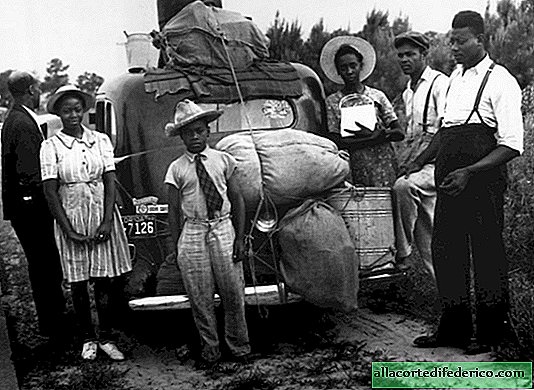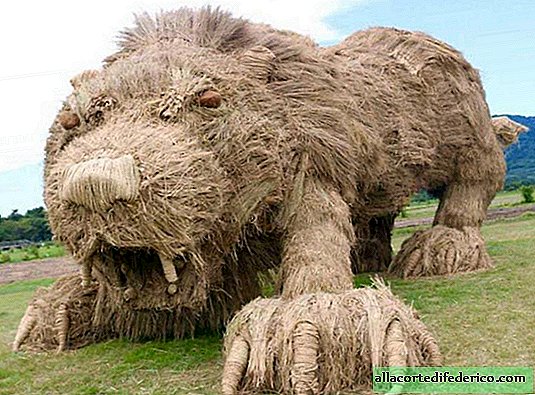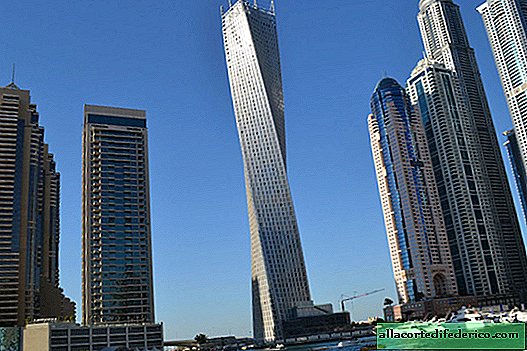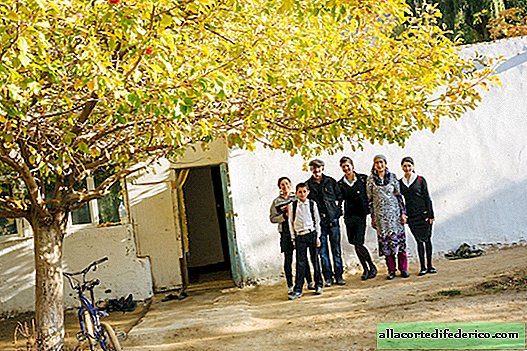Golden rice: why genetics brought unusual rice, and why the project failed
Like most genetically modified plants from which food is obtained, golden rice was received quite cool by the public. Initially, he was assigned the role of a miracle cure, making up for the lack of beta-carotene - the most important substance responsible for the health of the organs of vision. But everything turned out to be much more complicated: the project for the development of golden rice caused violent polemics in the scientific community, and the enormous costs of its creation have not yet been justified.
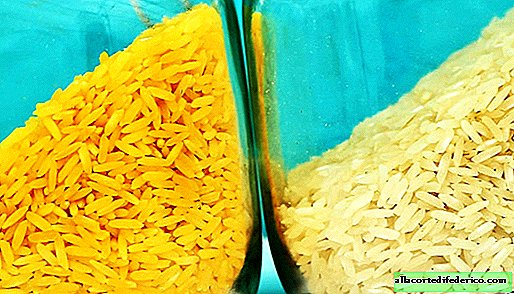
The very idea of creating golden rice was quite noble. This plant was planned to be distributed in the poor countries of Southeast Asia, whose population, due to an unbalanced diet, suffers from insufficient amounts of beta-carotene, a substance necessary for the production of vitamin A in the human body. The main consumers of the new culture were to be the Philippines, Sri Lanka, Bangladesh and India. According to Swiss scientists involved in product development, the first samples of golden rice were created back in 2000. Despite the fact that many years have passed since then, the miraculous product is still not found on the shelves of Asian markets and shops.

As it turned out, the statements of the creators are far from reality. After the first checks of enriched rice, it turned out that it does not meet the declared parameters, since the content of beta-carotene is several times less than planned. The creators of golden rice continued their work and received a number of plant modifications that had the best performance. Nevertheless, according to experts, it is much more rational and simpler to increase the intake of carrots, pumpkins, mangoes and green leafy vegetables in order to obtain a daily norm of beta-carotene. In addition, a number of international vitamin A deficiency programs implemented in Southeast Asian countries have already shown their effectiveness. It is noted that the costs of their implementation are significantly less than the funds that were spent on the creation of genetically modified rice.
In addition, the new cereal revealed another significant drawback: beta-carotene was fully absorbed only in the presence of animal fats, for example, butter. Critics of the project rightly pointed out that no one was going to supply the inhabitants of the Philippines or Bangladesh with oil so that golden rice would bring maximum benefit.

The project of creating golden rice, which caused a wide public outcry, is still under development.


